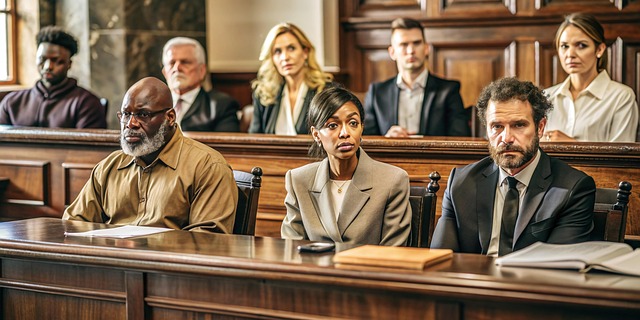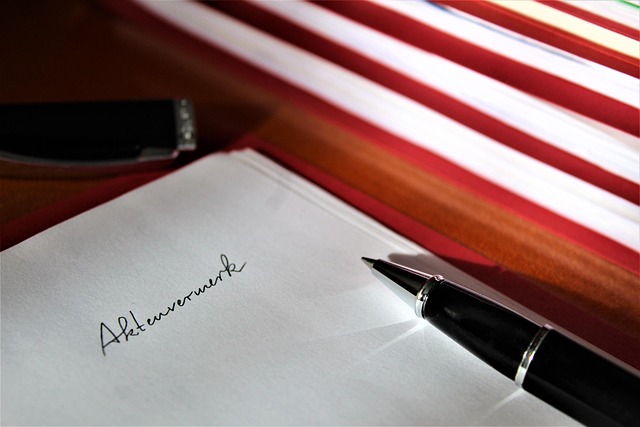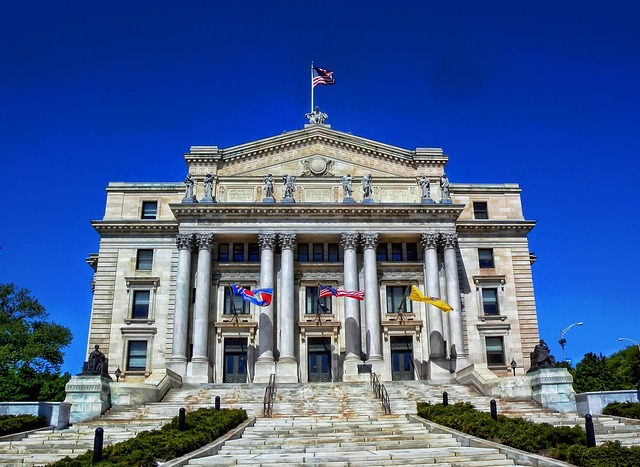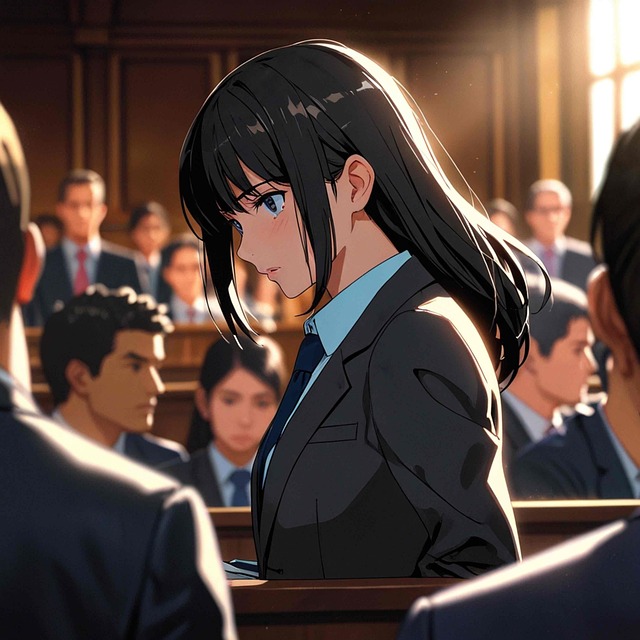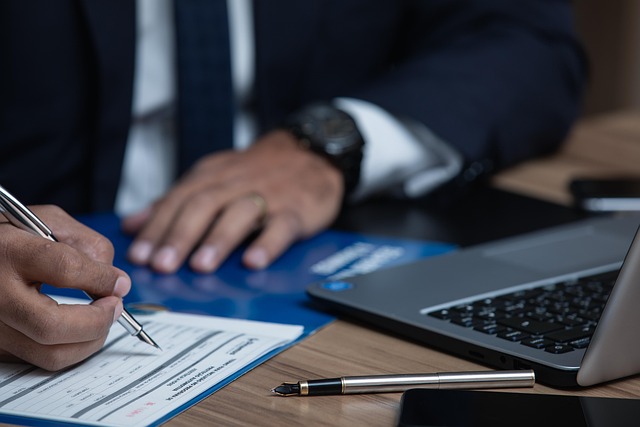Slip and fall negligence cases focus on proving liability for injuries sustained on someone else's property. Defendants and victims must demonstrate duty of care, breach, and causation. Primary defendants include property owners, managers, landlords, businesses, and public entities. Product liability lawyers may also be involved if defective products are a factor. Legal representation is crucial for gathering evidence, navigating laws, and maximizing compensation within legal time frames.
In the event of a slip and fall accident, determining liability can be complex. This article guides you through the intricacies of who can be held accountable under slip and fall negligence laws. We’ll explore key aspects, including understanding the legal framework, identifying potential defendants, and proving negligence to secure justice for your injuries. By delving into these aspects, you’ll gain valuable insights into navigating slip and fall cases effectively.
- Understanding Slip and Fall Negligence Law
- Identifying Potential Defendants in Slip and Fall Cases
- Proving Negligence and Liability for Slip and Fall Injuries
Understanding Slip and Fall Negligence Law
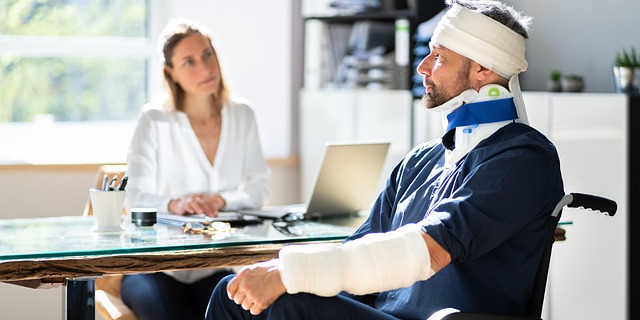
Slip and fall negligence cases revolve around determining liability for injuries sustained when someone slips or falls on another party’s property. Understanding this legal concept is crucial for both victims seeking compensation and businesses or property owners trying to avoid legal repercussions. In many jurisdictions, a successful slip and fall lawsuit requires proving that the defendant owed a duty of care, breached that duty, and their actions directly caused the plaintiff’s injuries.
The scope of liability can extend to various entities, including property owners, landlords, tenants, businesses, and even government bodies responsible for maintaining public spaces. For instance, an Orlando personal injury lawyer might argue that a retail store has a responsibility to keep its floors clean and free from hazardous conditions. If a customer slips on a wet floor that was not properly marked or cleaned, the store could be held liable for negligence. Similarly, if a defective product injury occurs due to slippery packaging, the manufacturer or supplier might face legal repercussions under principles of product liability, in addition to slip and fall negligence.
Identifying Potential Defendants in Slip and Fall Cases

In slip and fall negligence cases, identifying potential defendants is a crucial step in ensuring justice and compensation for victims. The list of possible parties liable can vary widely depending on the specific circumstances of the incident. Generally, the primary defendant in such cases is the property owner or manager who failed to maintain their premises in a safe condition. This includes landlords, businesses, and public entities responsible for maintaining sidewalks, parking lots, or other public areas.
Negligence claims can also extend to others based on their roles or relationships. For instance, if a slip and fall occurs due to a defective product on the property, such as a faulty handrail or an uneven floor surface caused by construction work, a product liability lawyer could be involved. Additionally, employees of these entities may face liability if they were negligent in identifying or addressing the hazard that led to the accident. In cases where lost wages are a significant outcome, both the property owner and any responsible third parties could be held accountable for compensating the victim for their financial losses.
Proving Negligence and Liability for Slip and Fall Injuries
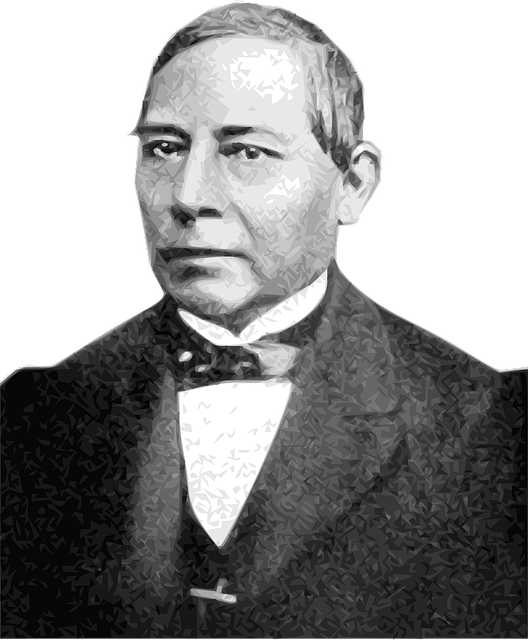
Proving negligence and establishing liability are crucial steps when pursuing a slip and fall personal injury claim. In such cases, it’s essential to demonstrate that the defendant owed a duty of care, breached that duty, and their actions directly caused your injuries. The legal representation you choose can play a significant role in this process.
A Boca Raton auto accident attorney or legal professional experienced in slip and fall negligence will guide you through gathering evidence, such as medical records, witness statements, and photos of the incident scene, to support your claim. They’ll also help you understand the applicable laws and regulations related to premises liability, ensuring that your personal injury claims are presented effectively and within the prescribed time frames.
In concluding our exploration of slip and fall negligence, it’s clear that understanding who can be held liable is crucial. By identifying potential defendants and proving their negligence, individuals injured in such incidents can secure justice and compensation. Whether it’s a property owner, manager, or even a third-party vendor, holding responsible parties accountable ensures accountability and prevents future negligence. Remember, navigating slip and fall cases requires legal expertise, so those affected should consult professionals to ensure they receive the rightful damages for their injuries.
